Where enterprise manageability can boost your business
The tools helping to manage your hardware fleets
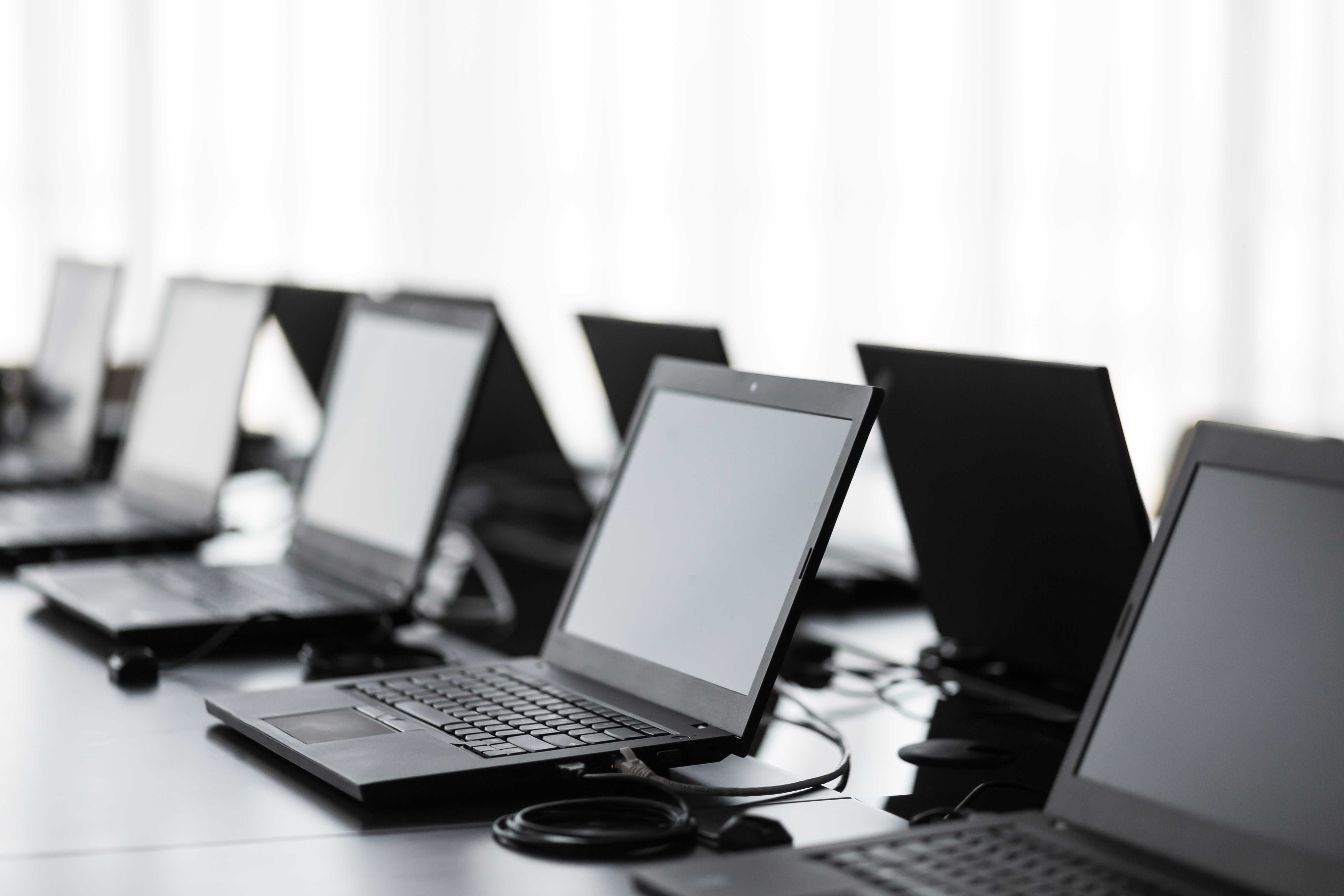
Laptops are now essential to modern business. They offer flexibility, mobility and high end functionality which enables employees to meet their organisation's needs and deliver on key objectives; in fact, it's all but impossible to imagine what a modern business would look like without access to notebook PCs.
Their significance has become even more acute since the coronavirus pandemic led to an enormous surge in remote working. Without laptops, many businesses would have been unable to continue operating during the extended lockdown periods, and even now that restrictions have lifted, remote working is firmly embedded as an accepted norm.
This surge in remote working has fed into a growing desire from businesses of all stripes to pursue digital transformation and innovation in order to establish a competitive edge, but the responsibility for enabling these technical capabilities is often placed in the hands of IT teams, with little extra resources (if any) to support this increased scope. This added burden has put more pressure than ever on the time and workloads of technicians.
Streamlining and time-saving
One of the biggest challenges for any IT team is simply keeping the wheels turning and the lights on, ensuring that all an organisation's infrastructure and equipment is functioning normally. However, while the regular monitoring and maintenance of IT systems is essential work for keeping a business’s technology operational, the more time that can be freed up from performing these tasks – which are often repeated, manual processes – is time that can be spent on enacting some of the more ambitious transformation initiatives that may deliver increased value overall.
This is why enterprise device management solutions such as the tools built into the AMD PRO platform have become one of the cornerstones of business IT. They allow organisations to administrate all of the laptops in their fleet from a single, centralised dashboard, quickly identify problems and begin working on remediation efforts. This helps speed up workflows and increase efficiency, allowing smaller teams to manage larger numbers of employee devices. With technical talent in such high demand, this means that the growth of your business won’t be held back by the growth of your technical support staff.
When a new Windows update is released by Microsoft, for example, IT admins can automatically roll it out to all devices in the organisation on a pre-set schedule to minimise disruption, while ensuring a speedy upgrade without having to install it machine by machine. Rolling out upgrades manually on an individual basis is a long, tedious process, and the ability to take care of the update process systematically using native tooling frees up large amounts of IT time while granting access to the latest features and security improvements. Similarly, if for any reason the update needs to be rolled back, this can also be quickly and easily accomplished without having to physically recall devices.
This means that issues can be resolved much faster, which is particularly important for fast-paced modern businesses. After all, downtime can be expensive, and in most organisations, an employee without access to their laptop is an employee that has little means of being productive. Enterprise manageability tools help IT teams monitor employee devices so they can proactively fix a range of potential hardware and software problems before they turn into major issues. They include the ability to remotely change settings, apply software fixes and even trigger system restores to roll the device back to a previous stable recovery point.
Secure in the knowledge
Asset inventory is another key capability. Knowing exactly what devices are in your fleet – as well as their hardware configuration and firmware status – is a vital part of maintaining a robust security strategy, and the ability to invisibly gather this data and centrally log it without having to manually audit devices is one of the principle reasons why enterprise manageability tools are so important. In addition, they also help assist with compliance practices, and allow for more efficient coordination of warranties, support contracts and device refresh plans.
Because AMD PRO’s management tools are designed to integrate seamlessly with Microsoft Endpoint Manager, organisations can leverage these abilities without having to adapt their existing device management stack to accommodate them. what's more, because they're based on open standards and DASH profiles, there's no risk of vendor lock-in, and a comprehensive range of third-party enterprise mobility management solutions are also supported to ensure that IT teams can manage their AMD PRO-equipped fleets as easily as possible alongside the rest of their devices with a consistent experience.
All of these capabilities are available remotely too, which is essential for organisations that need to support workers both at home and in the office. Hybrid working is now a fact of life for the majority of businesses, and having the right tools to address problems from anywhere ensures not just that staff can continue working without having to grapple with technical hiccups, but also ensures they feel happy and looked after, which translates to better employee satisfaction and reduced turnover.
Alongside the robust platform validation, long-term software stability and multi-layered hardware-based security protections, these features have been designed to make AMD PRO a processor platform built for the needs of modern, agile business computing.
Read AMD’s ‘The challenge: Doing more with less’ to learn more about enterprise manageability
Get the ITPro daily newsletter
Sign up today and you will receive a free copy of our Future Focus 2025 report - the leading guidance on AI, cybersecurity and other IT challenges as per 700+ senior executives
ITPro is a global business technology website providing the latest news, analysis, and business insight for IT decision-makers. Whether it's cyber security, cloud computing, IT infrastructure, or business strategy, we aim to equip leaders with the data they need to make informed IT investments.
For regular updates delivered to your inbox and social feeds, be sure to sign up to our daily newsletter and follow on us LinkedIn and Twitter.
-
 Why the CPU you chose is the key to Windows 11
Why the CPU you chose is the key to Windows 11The end of Windows 10 is on the horizon – it’s time to upgrade to an fTPM-protected processor
By Bobby Hellard
-
 AMD and Intel’s new x86 advisory group looks to tackle Arm, but will it succeed?
AMD and Intel’s new x86 advisory group looks to tackle Arm, but will it succeed?News The pair will look to make x86 CPU architecture more interoperable
By George Fitzmaurice
-
 AMD’s patient roadmap has become a highway to success
AMD’s patient roadmap has become a highway to successAnalysis While everyone was focused on Nvidia’s meteoric rise, AMD was preparing the hardware needed to take the fight to its long-time competitor
By Ross Kelly
-
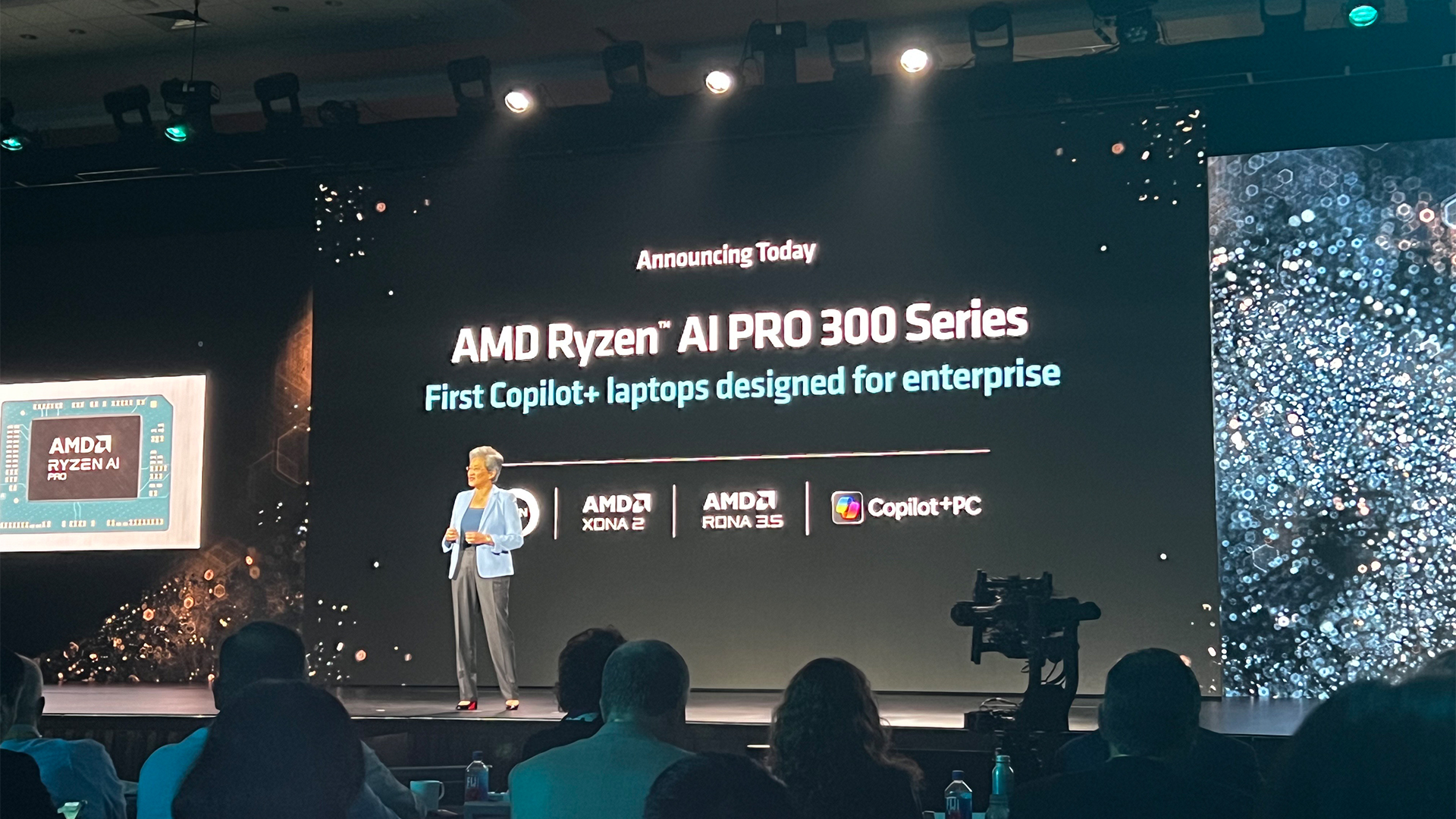 AMD just made a big statement in the AI PC race with its Ryzen AI Pro 300 series processors
AMD just made a big statement in the AI PC race with its Ryzen AI Pro 300 series processorsNews With all eyes focused on the AI PC craze, AMD looks to one-up the competition
By Ross Kelly
-
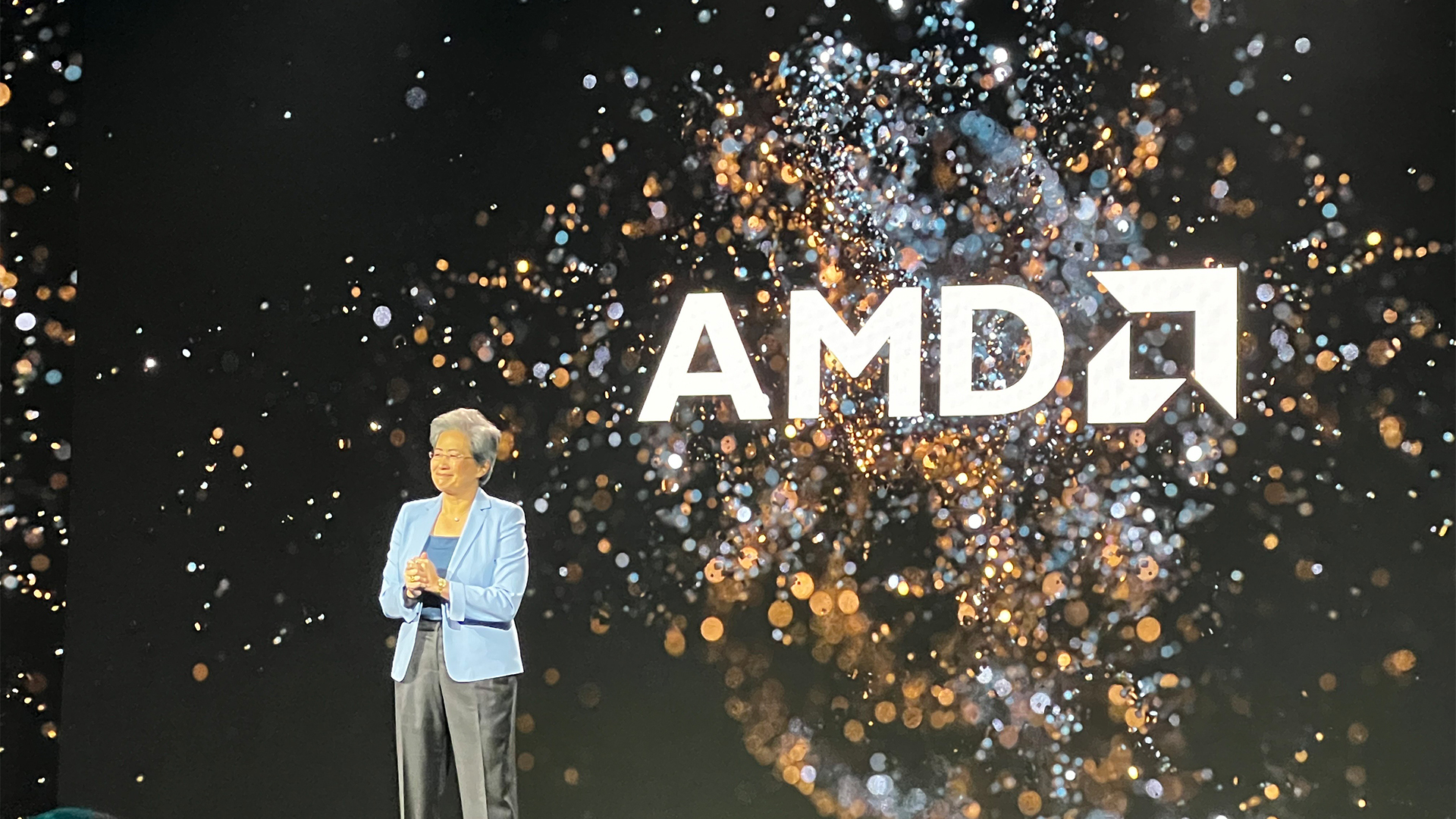 AMD’s new Instinct GPUs might just blow Nvidia out of the water
AMD’s new Instinct GPUs might just blow Nvidia out of the waterNews The chip maker unveiled its newest Instinct GPU series in San Francisco today – and it’s very bullish on performance in the race with Nvidia
By Ross Kelly
-
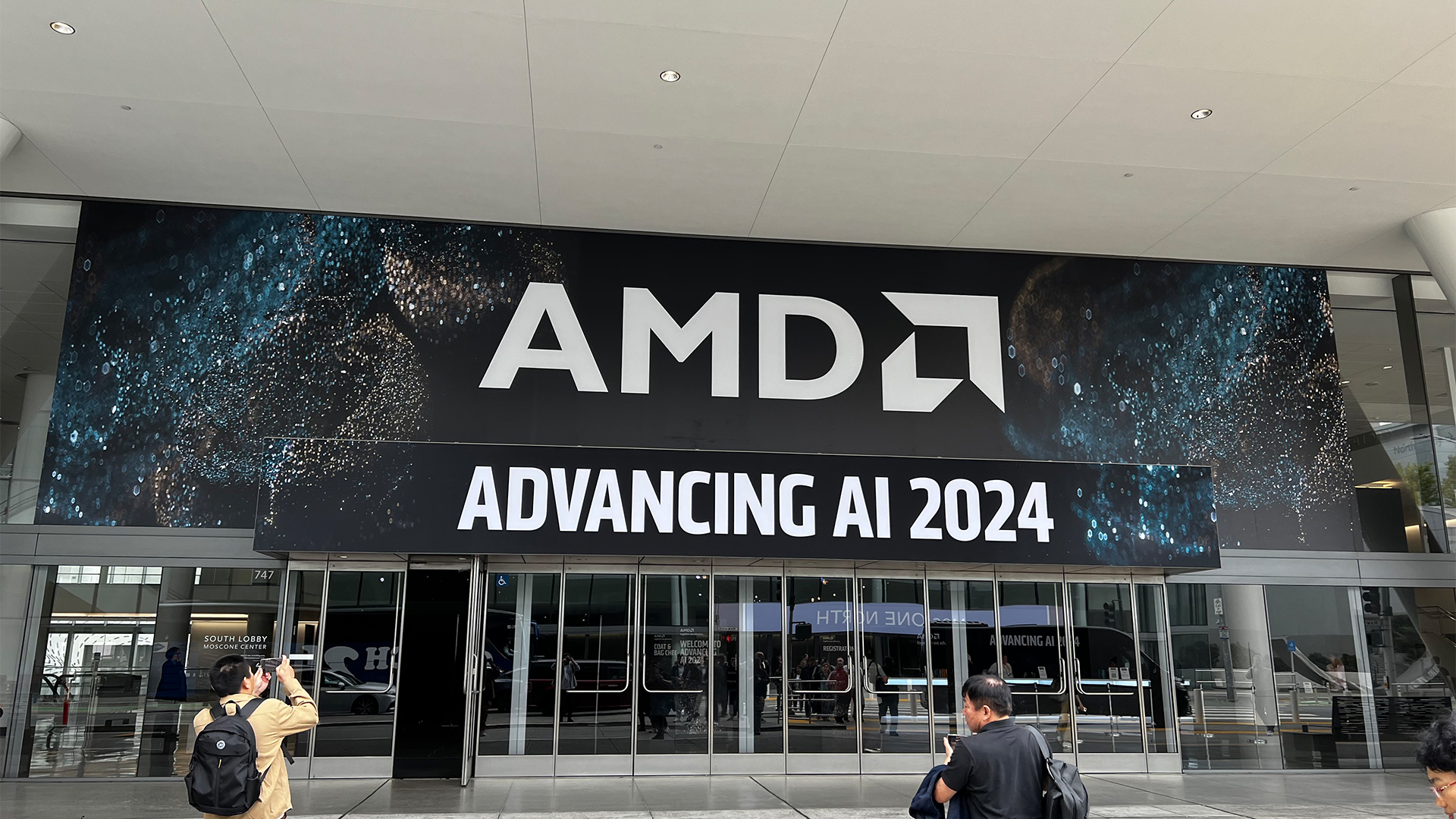 AMD Advancing AI live: All the news and updates as they happened
AMD Advancing AI live: All the news and updates as they happenedLive Blog ITPro has been live on the ground at the AMD Advancing AI conference in San Francisco this week – here's everything we learned in the big keynote with CEO Lisa Su
By Ross Kelly
-
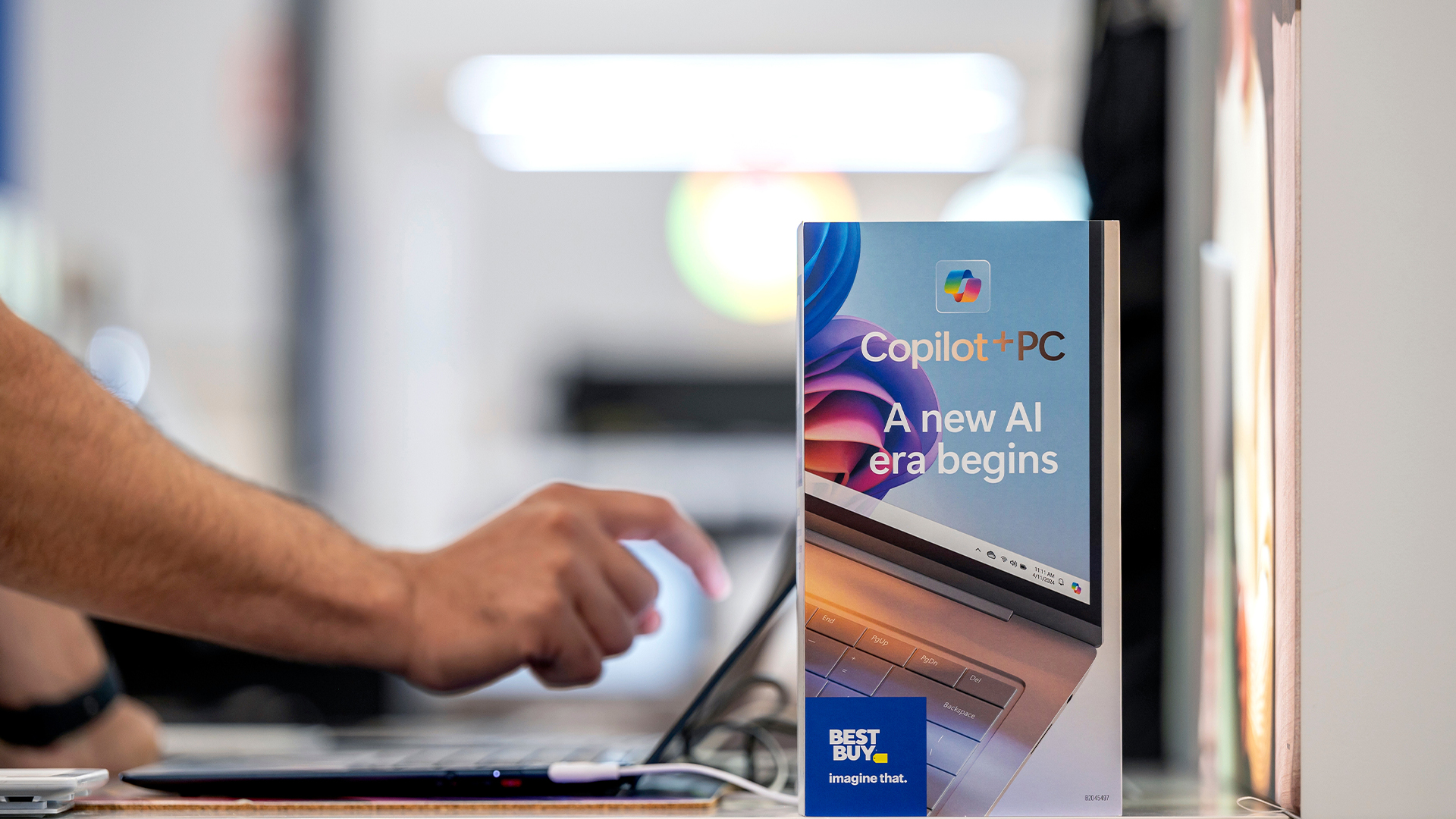 Why the world is about to be swamped with AI PCs
Why the world is about to be swamped with AI PCsNews With adoption rates set to surge, AI PCs will become far more mainstream in years to come
By Nicole Kobie
-
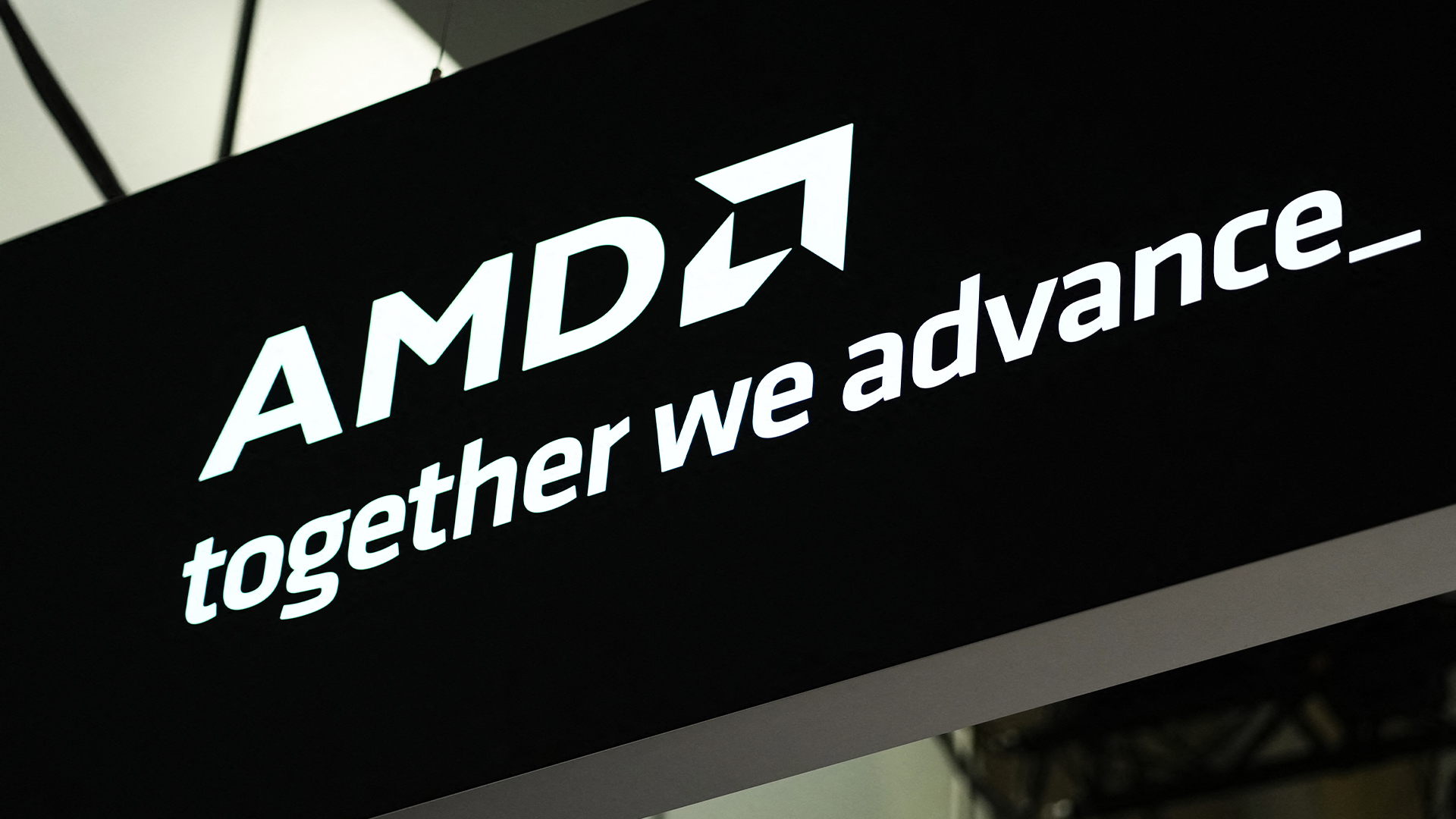 AMD expands CPU portfolio with new EPYC 4004 Series
AMD expands CPU portfolio with new EPYC 4004 SeriesNews AMD has released its new EPYC 4004 Series processors to power entry level system designs and deliver cost savings to SMBs
By Daniel Todd


